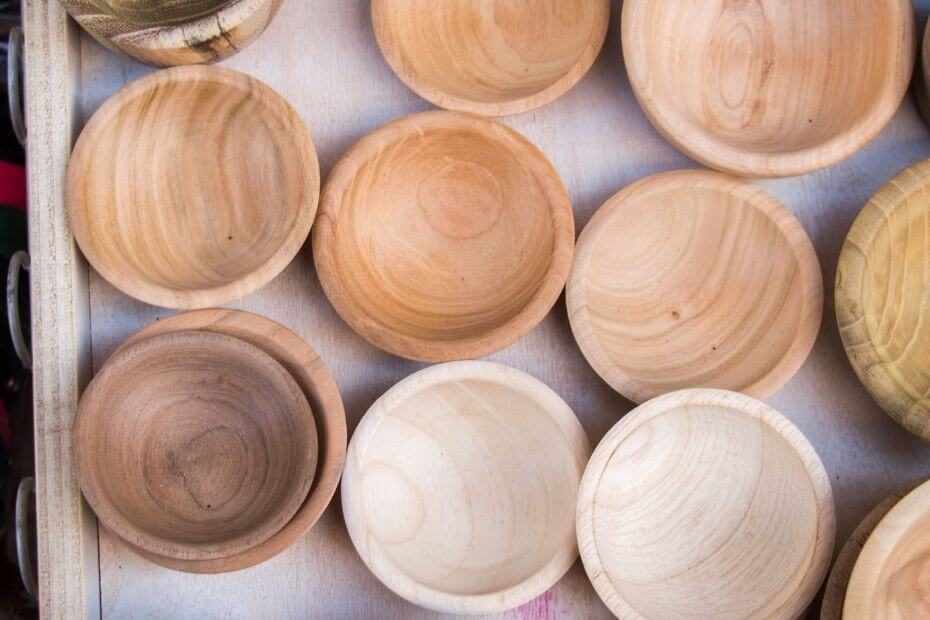Making bowls is a great way to use wood that would otherwise go to waste. There are many different types of wood that can be used for bowls, so it’s important to choose the right one for your project. Different types of wood have different properties that can make your bowls unique and interesting.
In this article, we are going to give you a few tips and tricks for choosing the best wood for turning bowls.
Best Wood For Turning Bowls
If you’re looking for the best wood for turning bowls, there are a few factors to consider. The type of wood, the grain pattern, how hard the wood is, and the finish are all important factors.
Here are some of the best woods for turning bowls:
Maple

There are many types of wood that can be used to make bowls, but one of the most popular choices is maple. Maple is a hardwood that has a beautiful grain and is very versatile.
It can be turned into bowls, spoons, and other items. Maple is a good choice for turning because it has a consistent grain and is relatively easy to work with. It also dries quickly so you don’t have to worry about it warping or losing its shape.
If you’re looking for a durable bowl that will last for years, maple is the perfect option. Plus, its natural color makes it look stylish and elegant no matter what you use it for.
Beech

There is a lot of debate on which wood is the best for turning bowls. Some people say that beech is the best because it is quite durable and often adds a touch of red to the finished product.
Ultimately, it depends on what you are looking for in a wooden bowl – some people prefer wood with certain characteristics, while others may just want something that is easy to work with.
Cherry
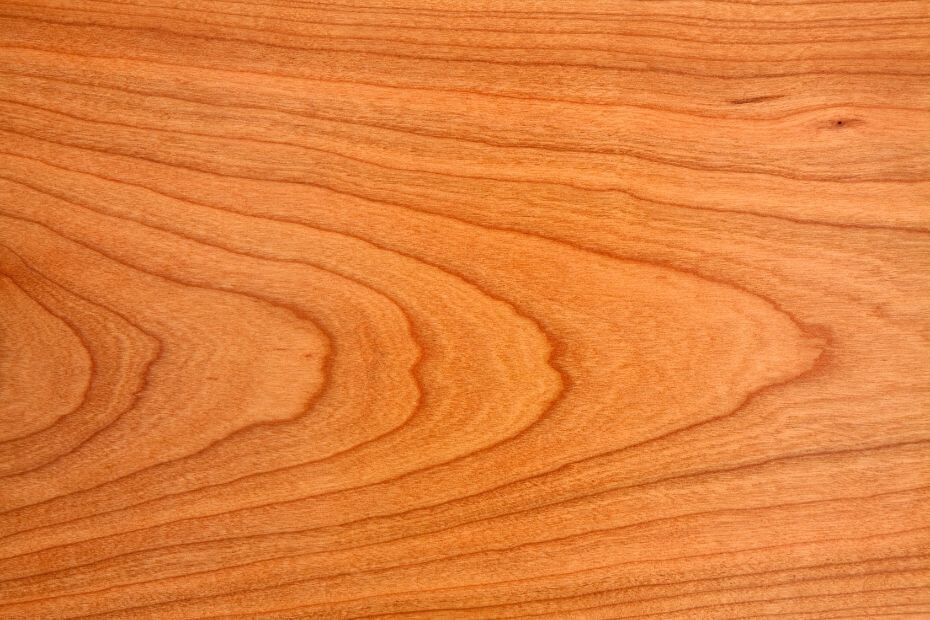
When it comes to choosing the right wood for turning bowls, cherry is a great option. The straight grain varies from a bright reddish to a subtle reddish-brown.
This makes cherry the perfect wood for bowl-turning because it doesn’t have any wavy or curly lines which can affect the finished product. Additionally, cherry is a dense wood which makes it sturdy and durable.
The downside of using cherry for turning bowls is that it can be expensive. However, if you are looking for a strong and quality bowl-turning material, cherry is definitely worth considering.
Hard Maple
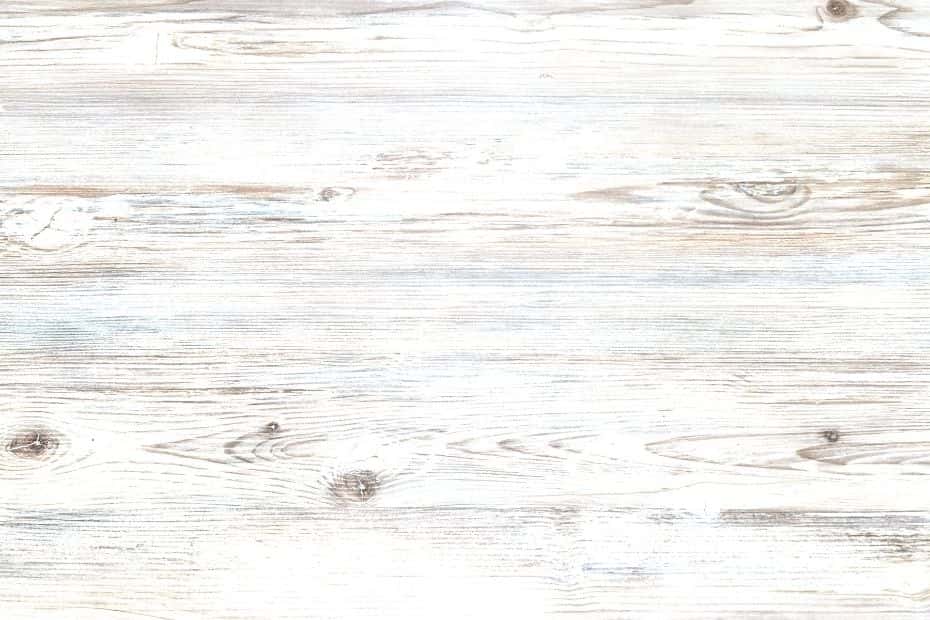
One of America’s best-known trees, the Sugar Maple has been adopted by more states than another (New York, West Virginia, Wisconsin, and Vermont). Its sapwood is creamy white with hints of reddish-brown, while the core wood is either light or dark chocolate brown.
Red Oak
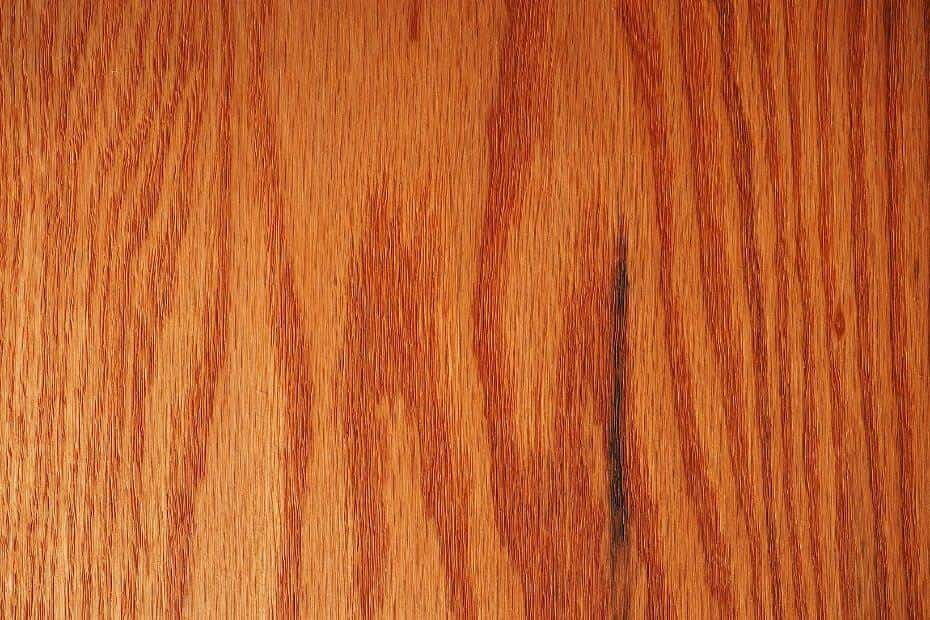
Red oak is one of the most adaptable woods when it comes to turning bowls. It has a natural color that can vary from a deep red to a light tan, and this makes it popular for bowl projects. Additionally, red oak is strong and durable, which is ideal for objects that will be handled frequently.
The northern red oak has a reddish-brown texture and coarse grain. Although native to North America, in the 1700s and 1800s, red oak was introduced into Europe and today is widely found throughout Europe.
Walnut

The heartwood of the black walnut tree is light brown or dark brown with a purple tinge. Walnut bowls offer a range of natural designs, by combining light and dark shades. Walnut is a traditional wood for furniture and fine cabinetwork.
Pine
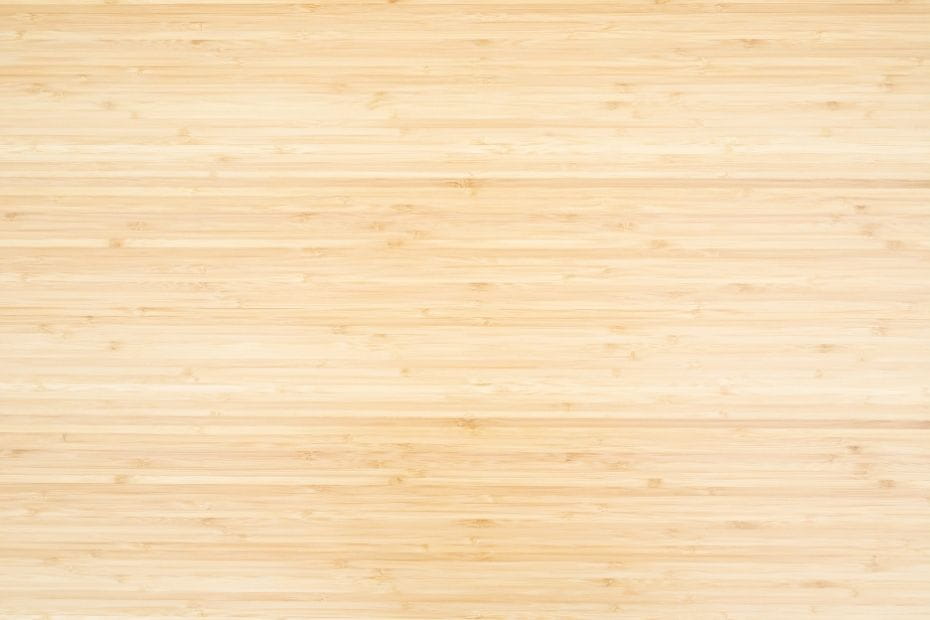
Pine is an excellent wood to choose for beginning turners. It is a light wood and is quite easy to shape on a lathe. Cutting with a gouge or skew chisel generates a much better finish than a scraper when you turn the pinewood between centers. When turning bowls, you will want to use a properly burnished scraper to generate a smooth result.
How To Choose The Right Wood For Bowl Turning
When choosing the right wood for bowl turning, there are a few things to consider.
The type of wood will affect the finished product. For example, cherry is a softwood that can be easily damaged, while maple is harder and produces a more durable bowl. Remember that the size of the wood will affect how long it will take to turn and how much wear it will put on your tooling.
If you’re looking for durability and resistance to warping or cracking, select hardwoods like red oak and make sure the wood is dry. These woods are also great choices if you plan on painting or engraving your bowls later on.
Consider what kind of look you want your bowl to have. Some woods, like oak, look traditional and elegant. Other woods, like cherry, can have a more playful appearance.
Next, think about the purpose of your bowl. Does it need to be heavy and sturdy? Or is lightness key? Again, different woods are suited for different purposes.
Finally, consider your budget! Not all woods are created equal. Some may cost more than others but could ultimately provide a better result in the end.
Final Thoughts
In conclusion, there are many different types of wood that can be used for turning bowls. The best wood for the job depends on the desired outcome and the preferences of the turner.
Some woods are harder than others, some are more porous, and some have a more distinct grain pattern. Experiment with different types of wood to see which one gives you the results you are looking for.
